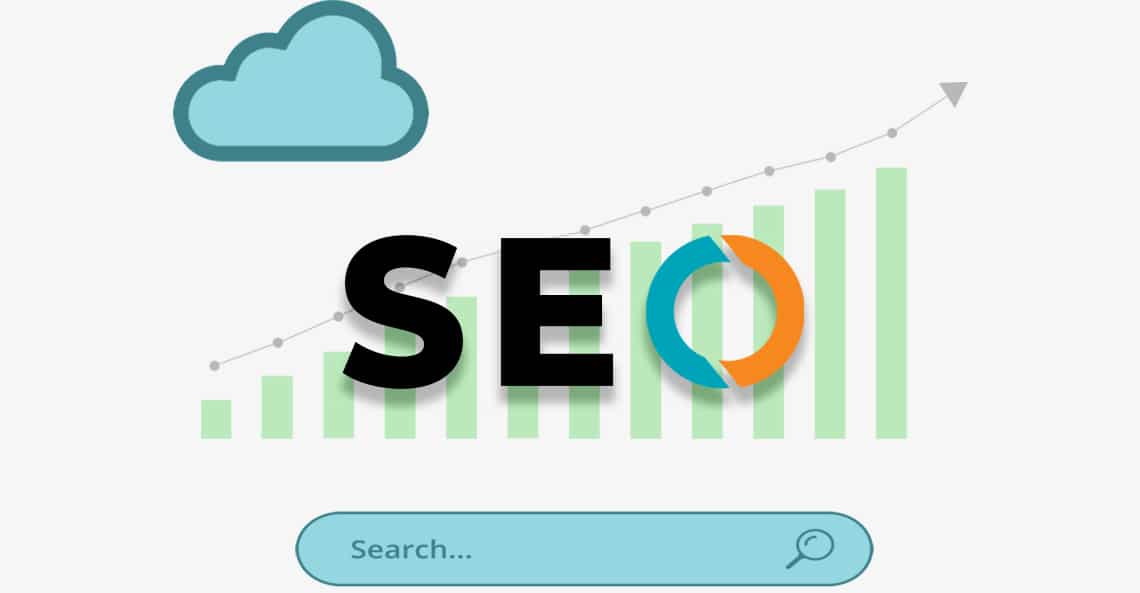
Basic guide to understanding SEO
So you’ve built a great website, and now you’re looking at it wondering where all the traffic is. That’s where understanding SEO (search engine optimisation) can come in handy. While development and design are the main building blocks to building any website, you can think of SEO as the concrete or cement that holds it all together.
Understanding SEO: what is it?
SEO is about effectively using your website content in such a way that it allows your website to rank higher on search engines. Take Google as an example – Google’s bots will look through your website and check your content to index your website for future reference. This index of your site is then held in Google until such a time where a user searches for something (that your business just so happens to do and that was mentioned somewhere in your site content) and Google will give them the list of results with your site being somewhere in that list. However, how far down the list a user will have to scroll until they get to your site depends on how well your content has been managed.
In very basic terms, SEO is the ranking of your site’s content in the search results of the search engine based on the user’s search term. The more your content is focussed around what you do and talks about the products or services you offer, and not something completely different, the higher your site can rank in the search results.
Improving your SEO
SEO is the best way to bring more traffic to your site, as long as you know what you’re doing, of course. SEO has two different options when building traffic to your site:
- Free and organic
- Paid-for
Take a look at this article that highlights the difference between organic and paid-for SEO. In this article, we’re going to focus on the simple, free things you are able to do and leave out the paid-for options, but if you’re curious about the world of paid-for search then check out this article about Google Ads.
Here are a few simple things you can do yourself when it comes to free, organic SEO:
- Keywords/keyphrases and their usage
- Relevant content
- Images and <alt> tags
- Inbound and outbound links
Keywords/keyphrases and relevant content
The first goes hand in hand with one another – keywords/keyphrases and relevant content. Your keyword/keyphrase needs to be important, not only to you but to your users as well. The content on your page also needs to be relevant to your business, as well as to your users. For example, if you run a website about construction, but talk about new developments in the IT sector, that would be a problem.
The next thing you need to keep in mind is the number of times your keywords/keyphrases are on a page. If your keyword/phrase is only present once on the entire page, is it really a key topic or just another word? And if you use it five times per paragraph (known as keyword stuffing), you’re going to sound like a broken record? That middle ground between just being a word and a broken record is where you want to be – the point where the keyword/keyphrase is mentioned just enough times to establish the point of it being the key topic.
Images and <alt> tags
The next step in understanding SEO and improving your website is images. I know you might ask, “How does a picture influence where my site is ranked?” Well, the answer is simple: alt-text.
Alternative text is what is displayed on your site when the image is not visible, as well as in the code of your website. The alt-text of your image should relate to the keyword/keyphrase and should describe what’s in the image.
On a side note, alt-text in images is important for user experience, as there are people in the world with sight disabilities that use text to voice in order to view their websites.
Inbound and outbound links
Lastly, inbound links are the links that point directly back to your site, whether that’s another page on your site or perhaps an article. The purpose of inbound links is to encourage people to stay on your website for longer. Outbound links are links that point to a different, reputable website, and these links help search engines get a better understanding of what your site is all about. They also build trust in your website.
Conclusion
Hopefully, this basic guide to understanding SEO has made you feel a bit more confident about SEO and what search engines are looking for. You can apply these simple changes and watch as your ranking slowly improves – remember that it is often a long, slow process when it comes to organic SEO.
If you’d like to read some more articles on the world of SEO and SEO plugins like Yoast (a WordPress plugin that allows you to manage your website’s SEO) then visit our Digital Insights blog page. If you’re not sure what to read next, start with a beginner’s guide to Yoast SEO.



This Post Has 0 Comments